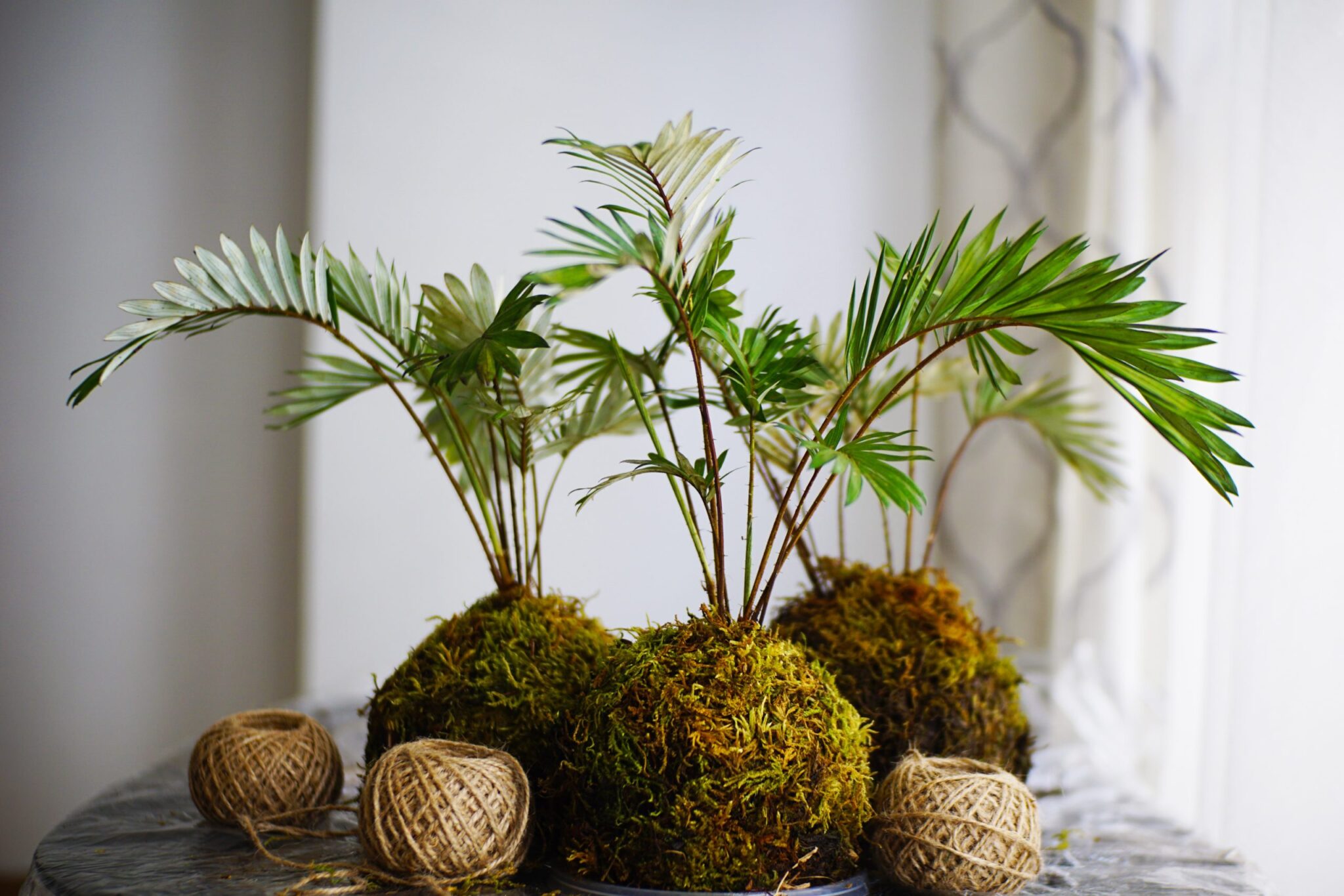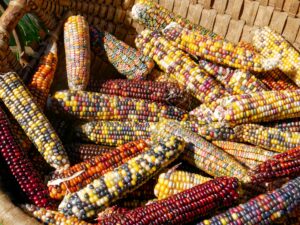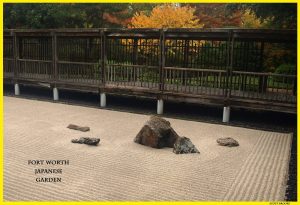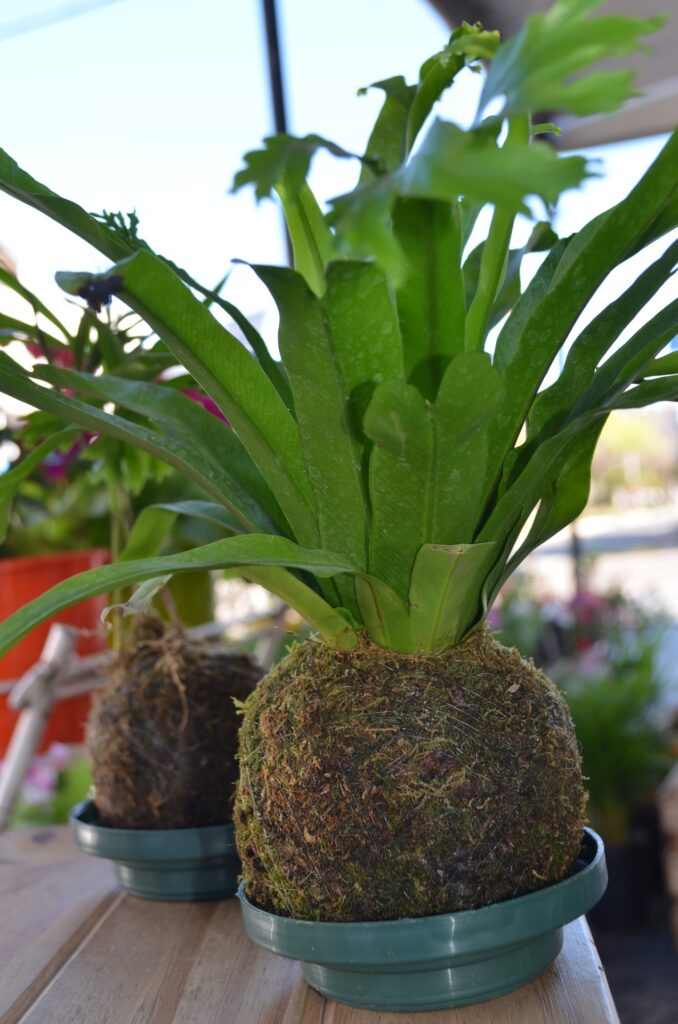
One of the key concepts in traditional Japanese culture is the idea of “wabi-sabi.” This is an impossible-to-translate term that means “finding the beauty in the imperfect, impermanent and incomplete in nature.” Appreciating wabi-sabi means celebrating the assymmetry of a ceramic bowl or the worn leather of a favorite pair of shoes. You can find examples of wabi-sabi throughout the Japanese Garden in the texture of tree bark, the fall of maple leaves on water and the moss growing on stone.
Girls and their families can explore the concept of wabi-sabi this autumn while creating a kokedama planter. The December 4 Girls’ Nature Workshop will explore the craft of shaping planters out of soil, moss and string. The results are beautifully imperfect and unique in every way.
| Girls’ Nature Workshop: Holiday Botany Dec. 4, 1 – 3 p.m. |
“Kokedama is the Japanese practice of growing plants in moss-covered balls of soil,” says Anna SoRelle, innovative learning manager for special programs. “They have a wonderful rustic quality.”
Members of the Fort Worth Garden Club will lead workshop participants in shaping a ball of soil around the roots of a plant, covering the ball with moss and then wrapping it with twine or monofilament fishing line. The program is intended for girls ages seven through 12 and their parents or grandparents.
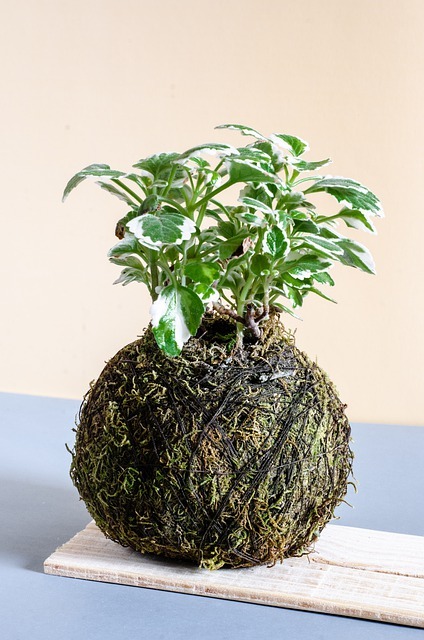
If you can’t attend the workshop, you can find instructions for making kokedama online—the Missouri Botanical Garden has a detailed visual guide. But the community connections and advice available from members of the Fort Worth Garden Club will make the workshop experience invaluable.
“Workshops are led by members of the Fort Worth Garden Club, and they have so much knowledge and experience to share. It’s wonderful to see the connections made across generations,” says SoRelle. The goal of the Girls’ Nature Workshops is to introduce young women to the world of horticulture and give them hands-on experiences in gardening and botany.
The December event will also feature a hot cocoa bar complete with toppings and flavorings. “We’re using it as an opportunity to talk about how many plants we use everyday,” says SoRelle. “Almond extract, peppermint, orange peel, cinnamon—they’re all plants.”
At the end of the workshop, the girls will be able to bring home a living embodiment of wabi-sabi, a kokedama that is perfect by being imperfect.

